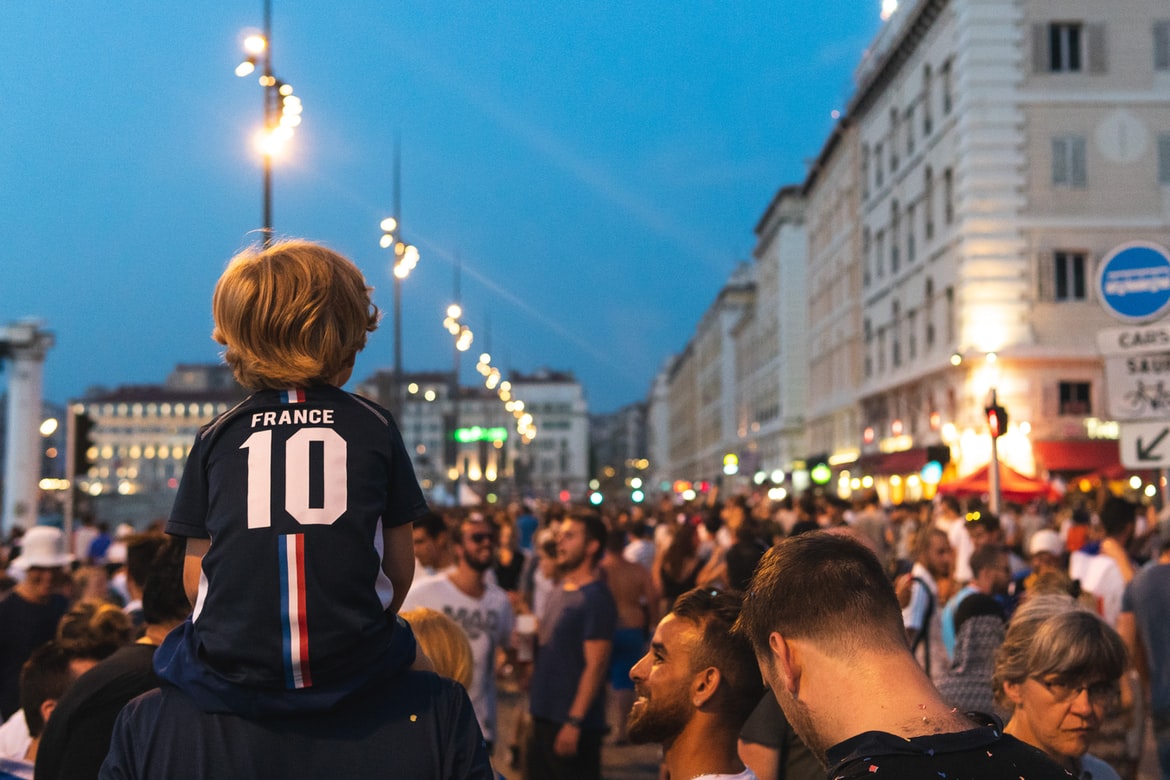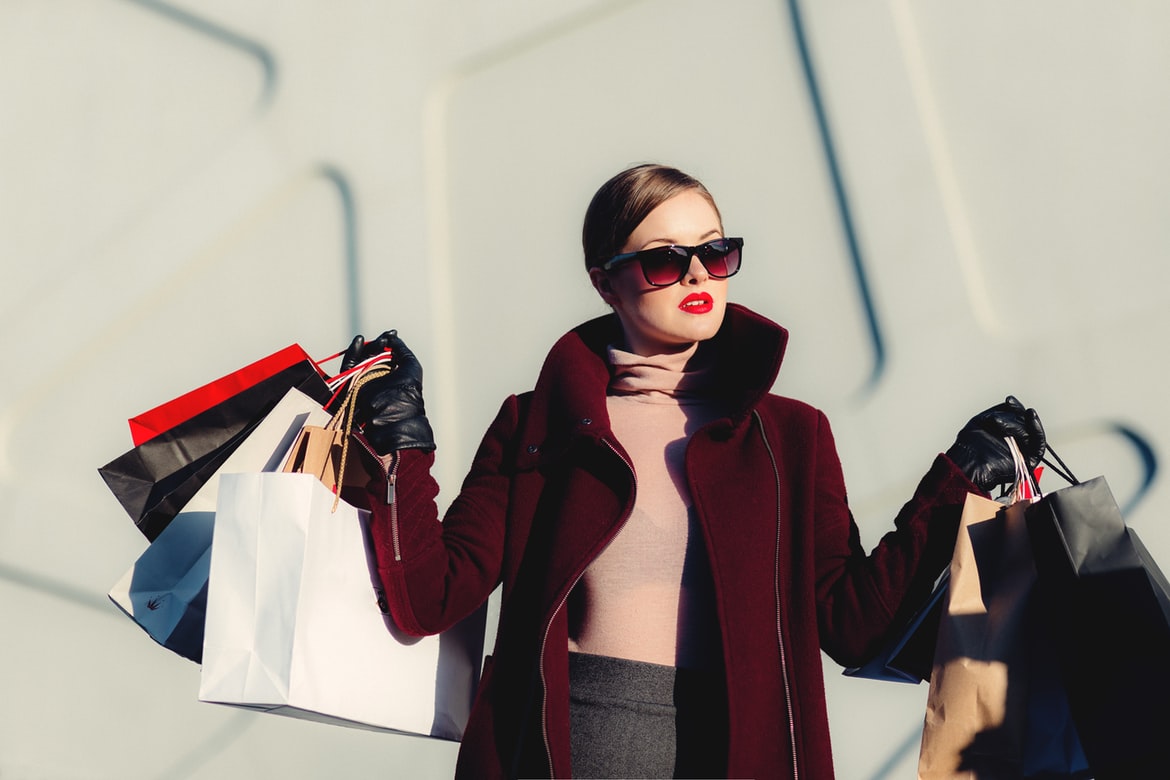Comparing Generative AI and Multimodal Models: Key Differences and Applications
As artificial intelligence (AI) continues to evolve, two of the most transformative technologies in the field are Generative AI and Multimodal Models. While both hold immense potential and often overlap in their use, they serve distinct purposes and operate differently. This article dives into the key distinctions and applications of Generative AI and Multimodal Models to help you understand their unique contributions to the AI landscape.
What is Generative AI?
Generative AI refers to systems designed to generate new content based on patterns learned from existing data. These models excel in creating high-quality text, images, audio, or even video that closely mimics human-like creativity. Some well-known examples include OpenAI’s GPT series and image-generation tools like DALL•E.
Key Features of Generative AI:
- Content Creation: Able to produce realistic and creative outputs (e.g., articles, artworks, or music).
- Pattern Learning: Trains on vast datasets to learn underlying structures and generate coherent outputs.
- Domain-Specific Applications: Tailored solutions in areas such as chatbots, marketing copy, and creative industries.
Applications of Generative AI:
- Text Generation: Crafting articles, summaries, or translations.
- Visual Arts: Producing stunning visuals and artwork.
- Coding Assistance: Auto-generating programming code and debugging suggestions.
- Gaming: Designing characters, environments, or narratives procedurally.
What are Multimodal Models?
Multimodal models, on the other hand, are AI systems capable of processing and understanding data from multiple modalities, such as text, images, audio, and video, simultaneously. Unlike traditional models that focus on a single type of input, multimodal models integrate diverse datasets to generate richer, contextually aware outputs.
One prominent example is OpenAI’s CLIP, which connects images and text, or GPT-4 with multimodal capabilities.
Key Features of Multimodal Models:
- Cross-Modal Understanding: Links information across various formats for a unified interpretation.
- Contextual Awareness: Enhances accuracy by considering multiple data types.
- Versatile Applications: Solves problems that involve complex, multi-faceted inputs (e.g., image captioning).
Applications of Multimodal Models:
- Visual Question Answering (VQA): Responding to questions based on visual inputs.
- Interactive AI Systems: Enabling better human-computer interaction with integrated text and visuals.
- Healthcare Diagnostics: Analyzing multimodal medical data, like X-rays and patient records.
- Retail and E-Commerce: Bridging text descriptions with product images for smarter recommendations.
Key Differences Between Generative AI and Multimodal Models
| Aspect | Generative AI | Multimodal Models |
|---|---|---|
| Primary Function | Creating new content | Integrating and analyzing multiple data types |
| Input Types | Typically single-modality (e.g., text or image) | Multiple modalities (e.g., text, images, video) |
| Output Types | New, original creations (e.g., a story, an image) | Contextually informed results (e.g., image captions) |
| Strength | Focused creativity | Cross-modal comprehension and reasoning |
| Examples | GPT, DALL•E | CLIP, GPT-4 (multimodal) |
Metrics to Help Choose Models
When selecting between Generative AI and Multimodal Models, it is important to consider performance metrics tailored to your specific use case:
For Generative AI:
- Creativity and Coherence: Measure how realistic and coherent the generated content is.
- Metric: BLEU (for text), Fréchet Inception Distance (FID, for images).
- Accuracy and Relevance: Assess how well the generated output aligns with the intended goal or prompt.
- Metric: Human evaluation scores, perplexity (for text generation).
- Output Diversity: Evaluate the range of distinct outputs produced for similar inputs.
- Metric: Self-BLEU, diversity scores.
For Multimodal Models:
- Cross-Modal Alignment: Ensure the model accurately links data from different modalities.
- Metric: Recall@K, mean reciprocal rank (MRR).
- Contextual Understanding: Measure how well the model integrates data from multiple sources.
- Metric: Accuracy in tasks like image captioning or VQA.
- Generalization: Test the model’s ability to handle unseen combinations of data types.
- Metric: Zero-shot performance metrics.
- Latency and Efficiency: Assess the model’s computational performance for real-time applications.
- Metric: Inference time, FLOPs (floating-point operations per second).
Where They Overlap
Though distinct, Generative AI and Multimodal Models often intersect. For instance, a multimodal system might leverage generative capabilities to create a cohesive output from multimodal inputs. Consider AI that generates a caption (text) for an uploaded photo (image) — this is where the power of both technologies comes into play.
Choosing the Right Technology
The choice between Generative AI and Multimodal Models depends on the use case:
- Use Generative AI when the primary goal is to create original content, such as marketing copy, art, or interactive stories.
- Opt for Multimodal Models when dealing with diverse data sources and requiring integrated analysis, such as in video analysis or cross-referencing text and images.
Conclusion
Generative AI and Multimodal Models represent two pillars of modern AI innovation. While Generative AI focuses on producing creative and original content, Multimodal Models excel at processing and linking information across various data types. Understanding these technologies and their applications can help businesses and researchers harness their potential for cutting-edge solutions.
By combining or selectively deploying these AI systems, we can unlock new opportunities in creativity, data interpretation, and human-computer interaction. Whether you're in e-commerce, healthcare, entertainment, or any other industry, these tools can revolutionize your approach to technology-driven solutions.
Get in Touch with us
Related Posts
- Temporal × 本地大模型 × Robot Framework 面向中国企业的可靠业务自动化架构实践
- Building Reliable Office Automation with Temporal, Local LLMs, and Robot Framework
- RPA + AI: 为什么没有“智能”的自动化一定失败, 而没有“治理”的智能同样不可落地
- RPA + AI: Why Automation Fails Without Intelligence — and Intelligence Fails Without Control
- Simulating Border Conflict and Proxy War
- 先解决“检索与访问”问题 重塑高校图书馆战略价值的最快路径
- Fix Discovery & Access First: The Fastest Way to Restore the University Library’s Strategic Value
- 我们正在开发一个连接工厂与再生资源企业的废料交易平台
- We’re Building a Better Way for Factories and Recyclers to Trade Scrap
- 如何使用 Python 开发 MES(制造执行系统) —— 面向中国制造企业的实用指南
- How to Develop a Manufacturing Execution System (MES) with Python
- MES、ERP 与 SCADA 的区别与边界 —— 制造业系统角色与连接关系详解
- MES vs ERP vs SCADA: Roles and Boundaries Explained
- 为什么学习软件开发如此“痛苦” ——以及真正有效的解决方法
- Why Learning Software Development Feels So Painful — and How to Fix It
- 企业最终会选择哪种 AI:GPT 风格,还是 Gemini 风格?
- What Enterprises Will Choose: GPT-Style AI or Gemini-Style AI?
- GPT-5.2 在哪些真实业务场景中明显优于 GPT-5.1
- Top Real-World Use Cases Where GPT-5.2 Shines Over GPT-5.1
- ChatGPT 5.2 与 5.1 的区别 —— 用通俗类比来理解














